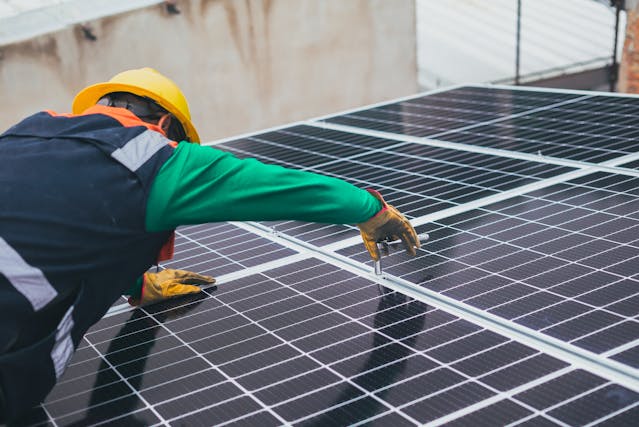According to a report by London-based research firm Bourse and Bazaar, Morocco is fast developing a major site for solar energy investment in the Middle East and North Africa. Encouraged by its great solar potential and obvious renewable energy policies, major Gulf investors—among them Saudi Arabia’s Public Investment Fund, Abu Dhabi’s Mubadala, and Dubai’s AMEA Power—are aggressively financing solar projects in Morocco.
The nation hopes to produce 52 percent of its power from renewable sources by 2030. Specific solar goals include attaining 2. 7 GW of installed capacity by 2027 and 2. 97 GW by 2028.
The Noor Ouarzazate solar complex, which has a capacity of 580 MW and got multi-phase funding from Saudi Arabia’s ACWA Power, offers one notable illustration. AMEA Power is also constructing three solar facilities over Tangier, El Hajeb, and Taroudant.
Though Masdar of the UAE has not constructed its own solar plants in Morocco, it has teamed up with the national energy agency to provide over 19,000 homes with solar access.
By handling permissions, land access, and clearances, the Moroccan Agency for Sustainable Energy (MASEN) helps to simplify major investments like the Xlinks project—an ambitious project to export Moroccan renewable energy to the UK through undersea cable.
Still, problems abound. Regulations demanding local labor, even for very technical jobs, can delay application. Morocco also imports a lot of solar panel parts, therefore adhering to local content standards in public contracts—therefore increasing prices and making schedules more complicated.
Morocco is still alluring despite these obstacles because of its low cost of energy generation, particularly when contrasted with Gulf nations. Staying competitive, the report advises Morocco to relax some rules and boost local production capacity.
Ambitious Renewable Energy Push By Namibia
Namibia is moving quickly toward energy independence with ambitious renewable energy targets. By 2030 the nation hopes to get 70% of its power from renewable sources.
Nevertheless, Namibia depends on power imports for almost 60% of its total demand, therefore emphasizing the need for local energy development. Currently being developed are a number of projects using renewable energy. One of the best-known is the Sores Gaib Solar Power Plant, which marks a major move toward expanding domestic generation capacity. Among other notable ventures with local and foreign funding are the 20 MW Omburu Solar Power Plant being constructed by NamPower and TotalEnergies and the 50 MW Diaz Wind Power Plant. Underlining these projects is a set policy framework.
Launched in 2017, Namibia’s Renewable Energy Policy seeks to increase the share of renewables in the energy mix. It establishes targets across solar, wind, and biomass technologies together with tactics for enhanced energy efficiency and reduced greenhouse gas emissions. The Sores Gaib project is particularly important in this transformation. Apart from lowering Namibia’s reliance on foreign energy, this demonstrates growing international confidence in the country’s renewable energy potential. Supported by partners like TotalEnergies and in line with local stakeholders, Namibia is becoming a prominent African emerging renewable energy leader. Should the country maintain this momentum, it could inspire regional sustainable energy development.




